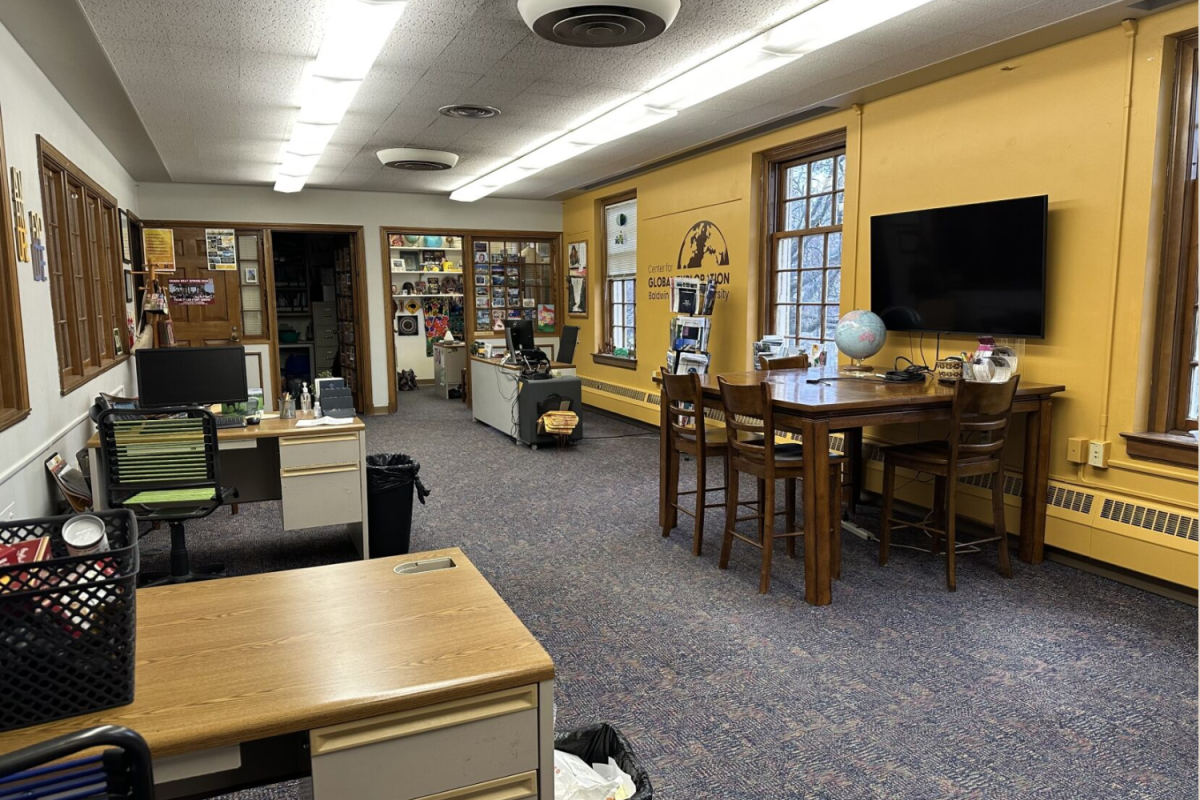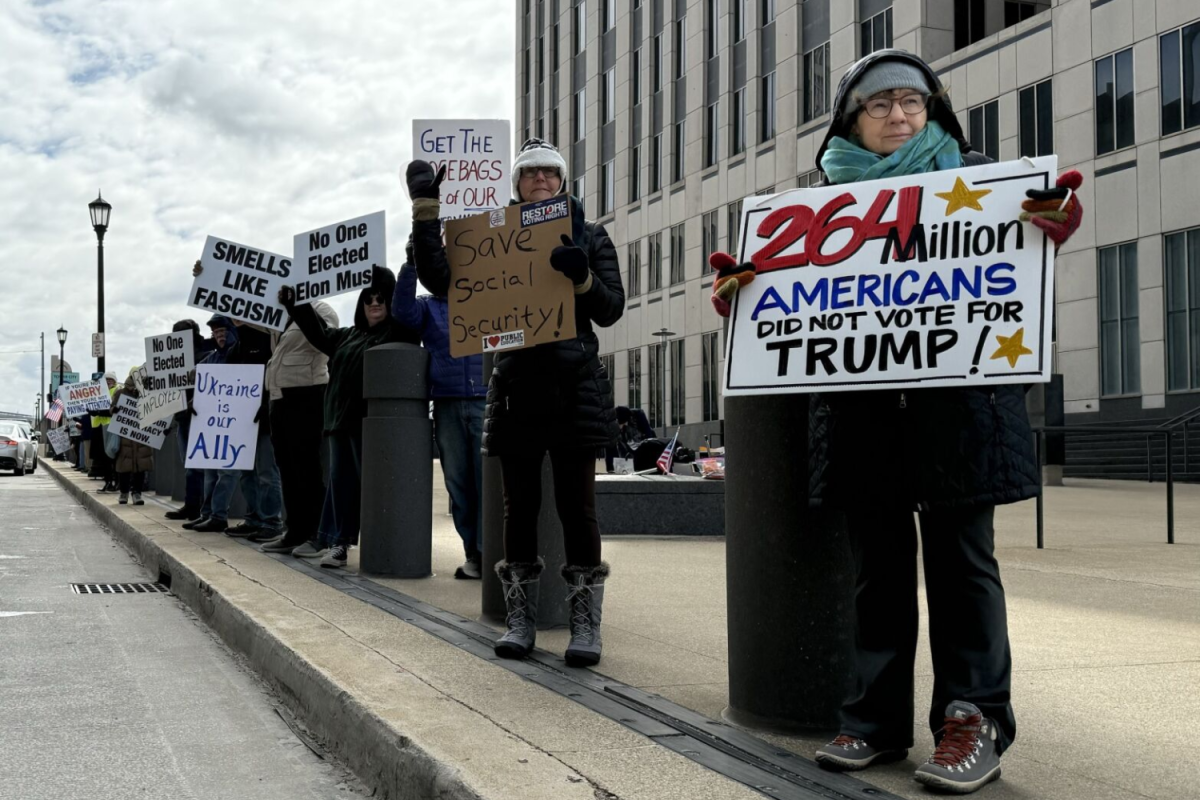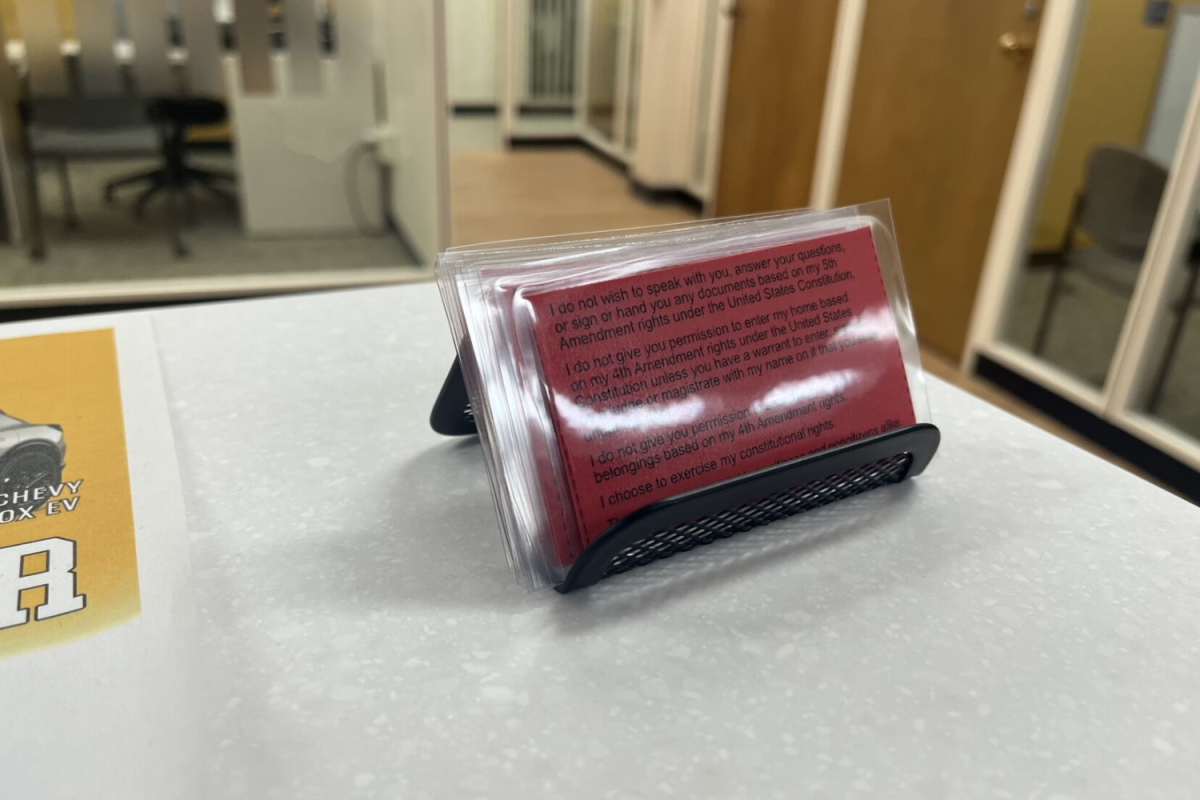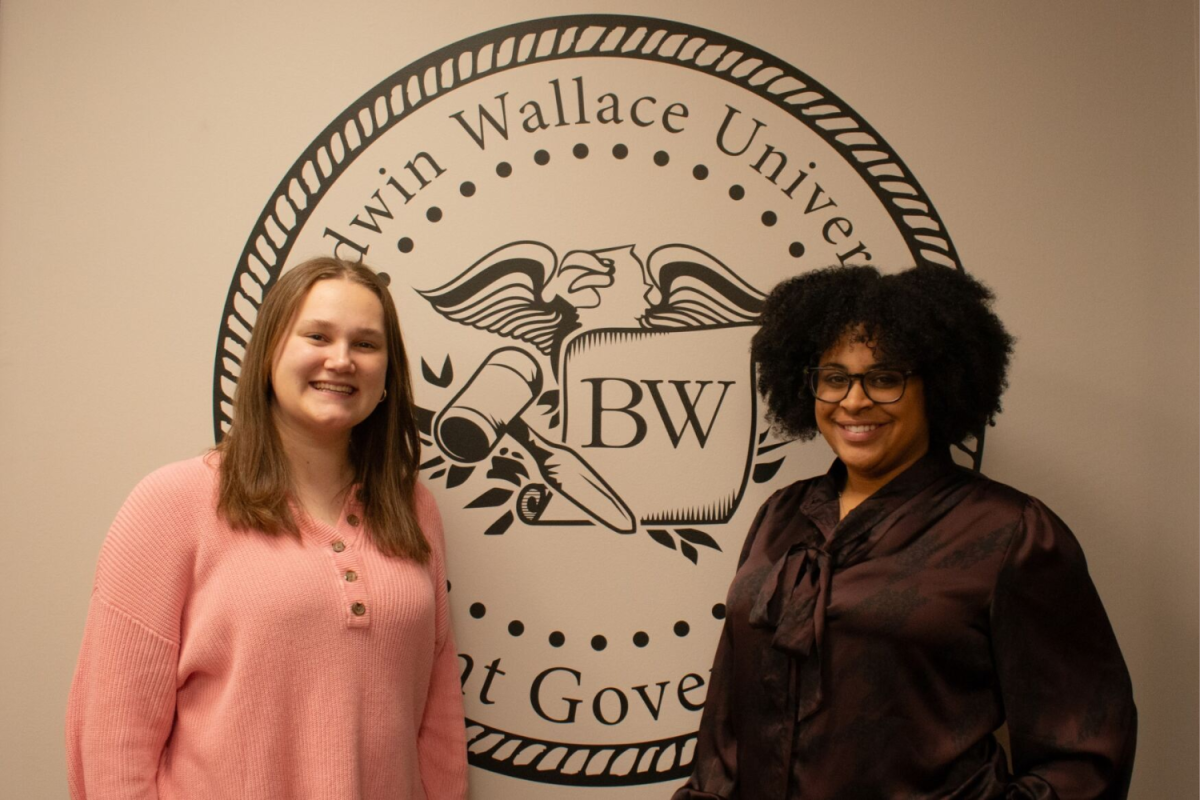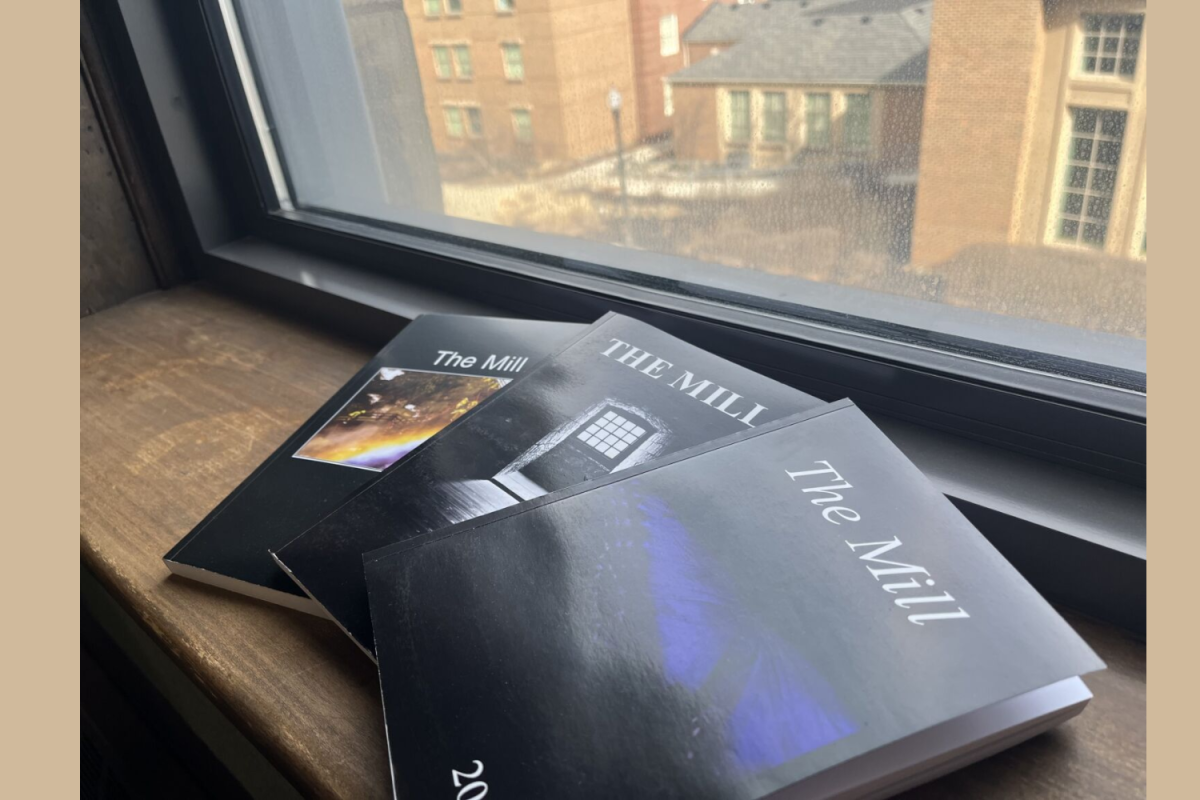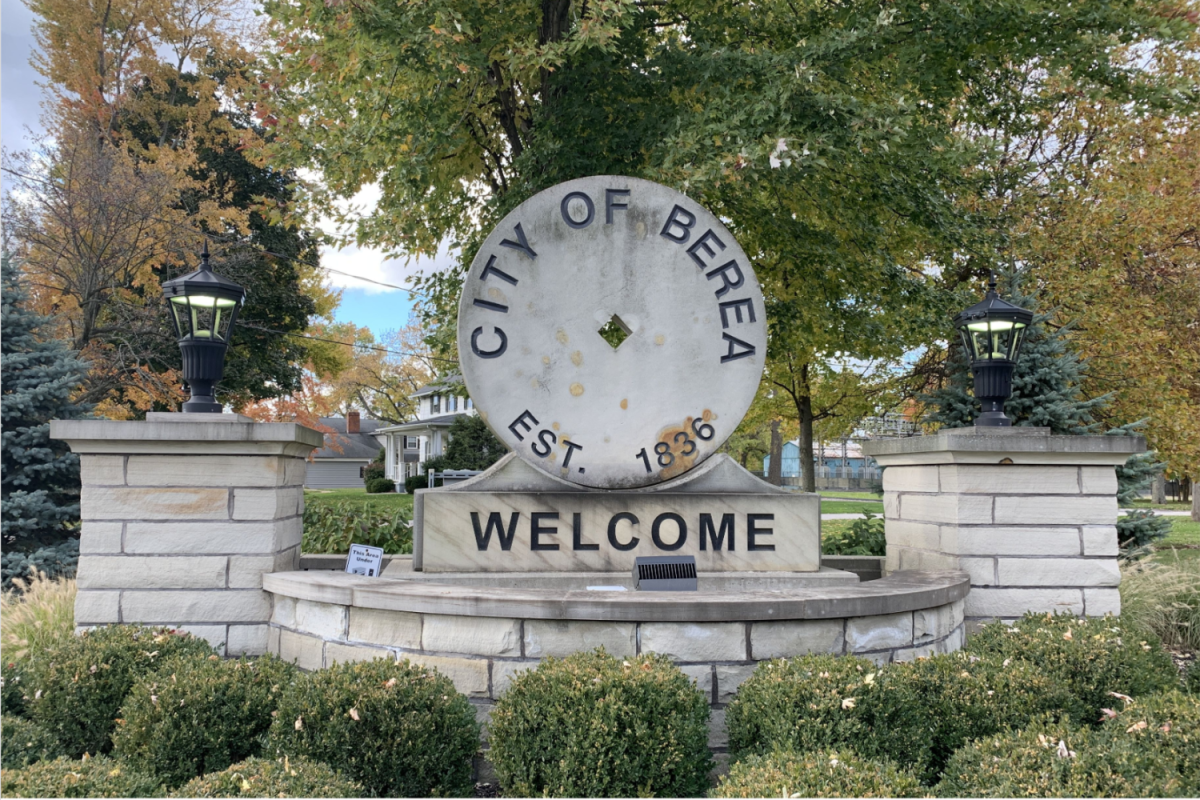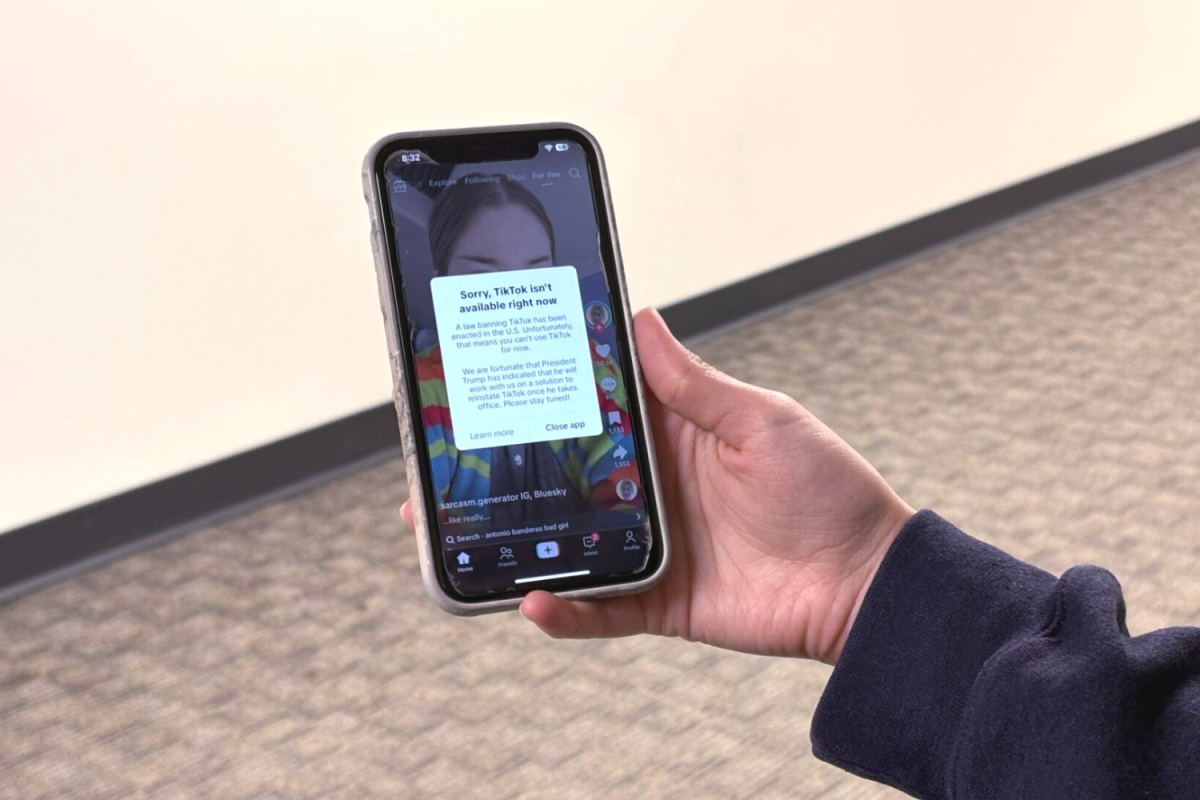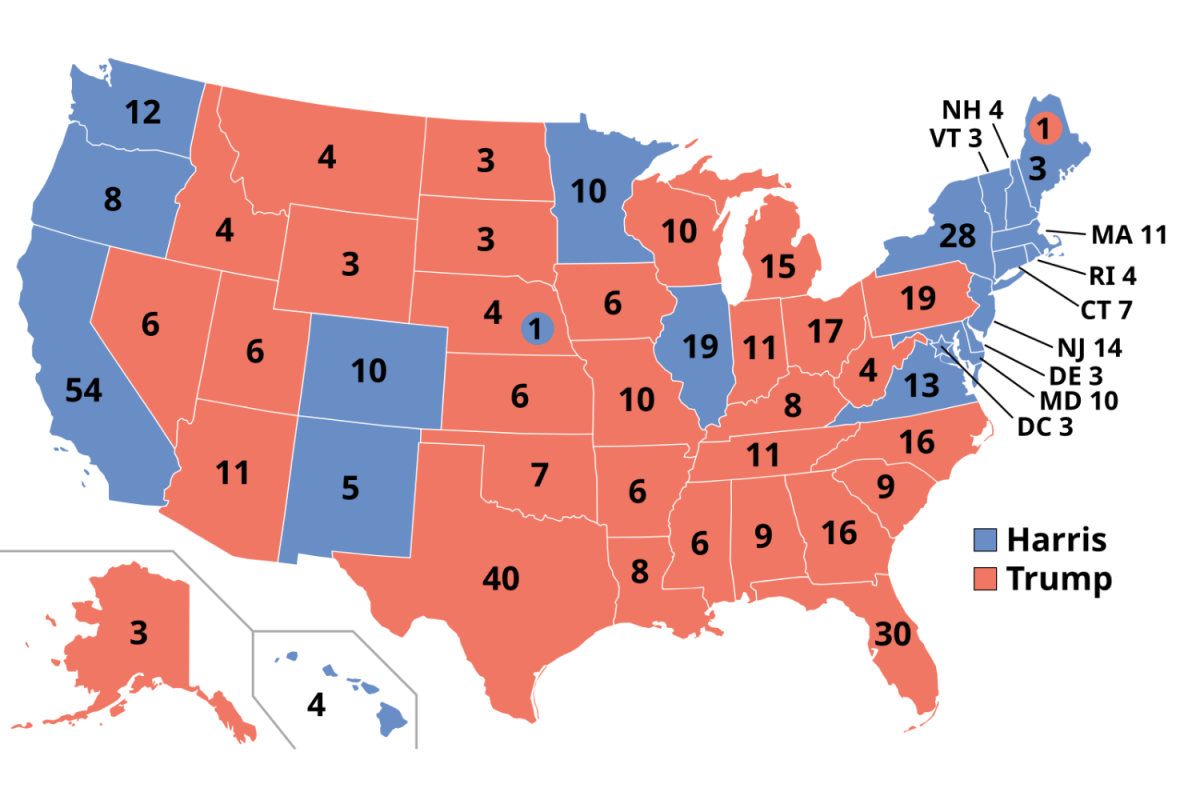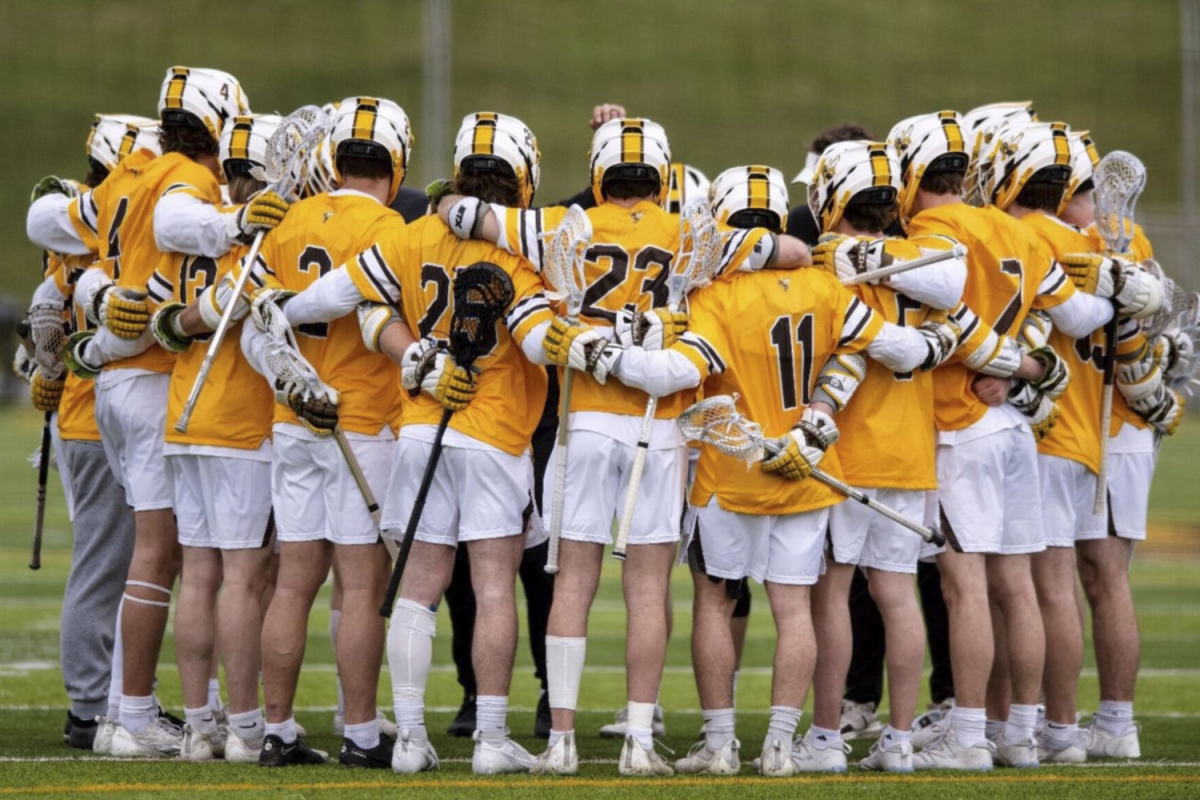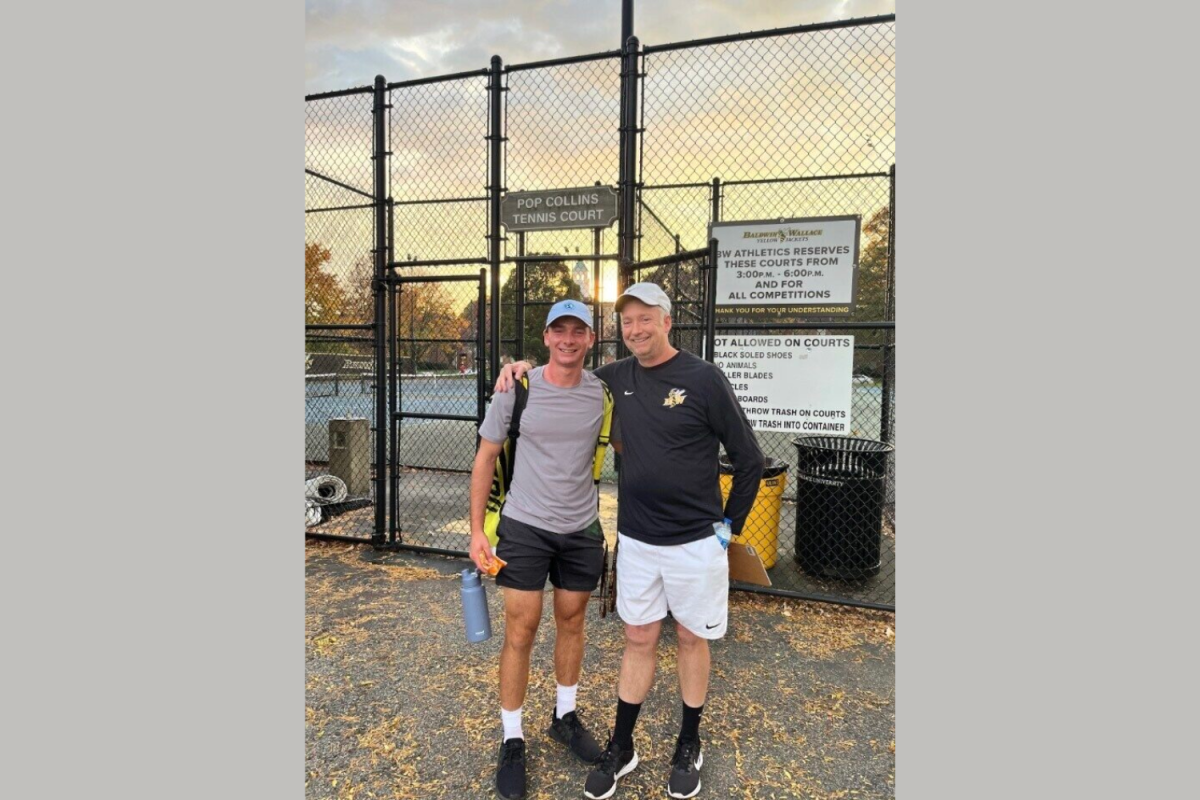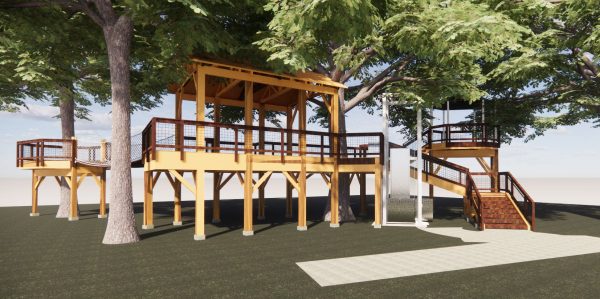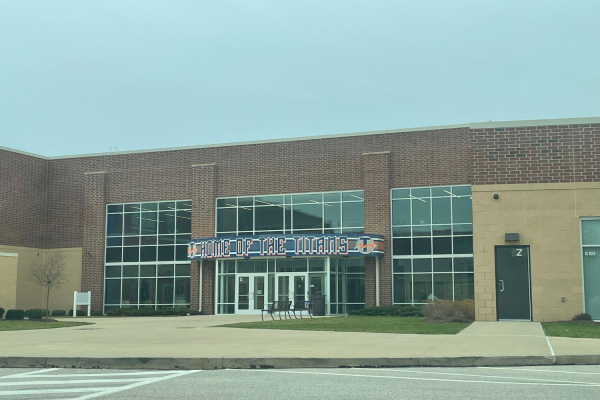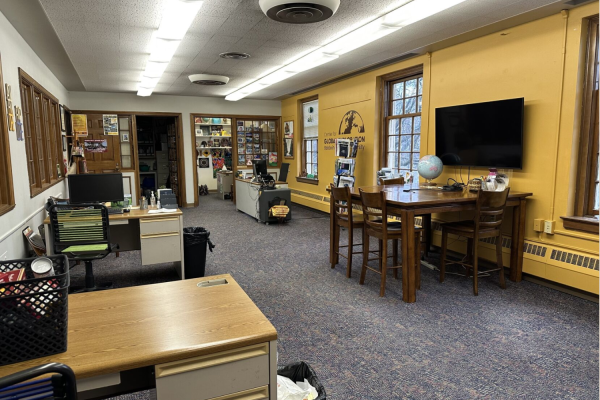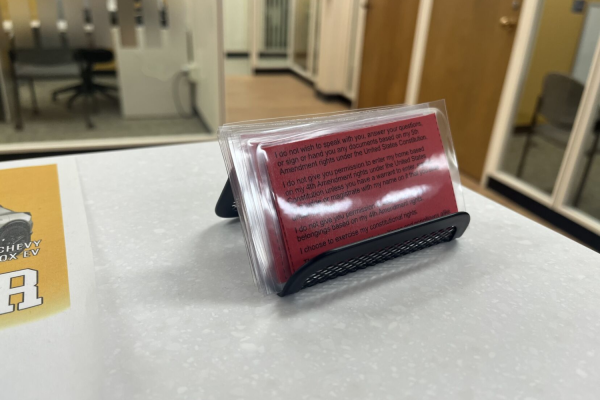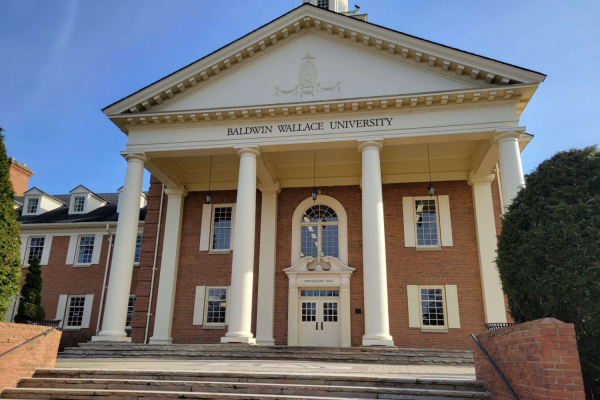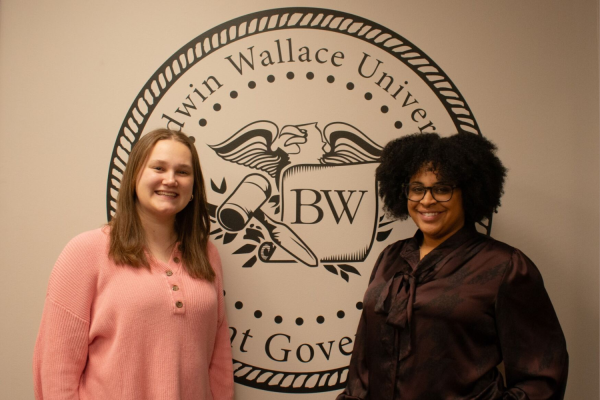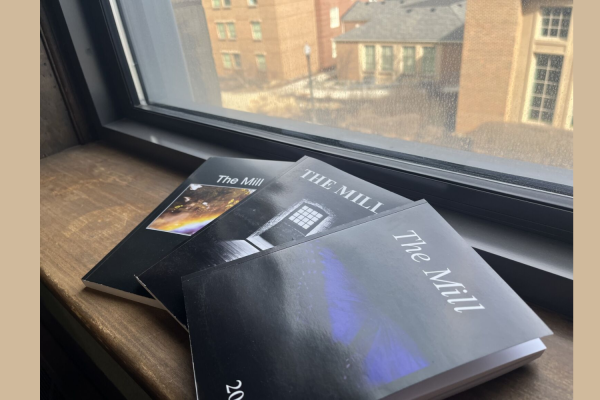2 blue lights nonoperational as fate of emergency system in question
Parts of BW’s blue light emergency notification system are currently nonoperational as the system undergoes review regarding its necessity on campus.
Six out of the previous eight emergency phones on campus are still usable and will be maintained for the foreseeable future. The two broken phones are subject to removal by BW Building and Grounds, and they may or not have been removed already by press time. These two phones are the ones located outside the Student Activities Center and behind the Lou Higgins Recreation Center. The six remaining operative blue lights can be found in the following locations:
- Institute for Learning in Retirement (ILR) Building, 325 Front St.: North side of building
- Harding House (2 phones), 77 W. Bagley Rd.: 1 on West side of building and 1 in the parking lot across Bagley Rd. at Berea St.
- Kleist Center for Art and Drama, 95 E. Bagley Rd.: in parking lot at Northeast corner of building
- Dietsh Hall, 66 Seminary St.: East side of building
- Hamilton House Apartments, 375 Front St.: West side of building
The status of these locations can be checked and will be updated on the BW website through its Safety and Security tab.
Students have expressed concern regarding the future of the remaining blue lights on campus. Sophomore Lauryn Sparks said that having the blue light system as a safety net makes her feel more safe on campus.
“As a woman, in my personal opinion, I like nighttime. I might want to walk around sometime and it’s sad that I feel like I need to be in a group or with a man to feel safe walking around at night. And at least if I’m by myself, I can feel slightly more comfortable knowing there’s something I can get to if need it to show that I need help.”
Dan Karp, the Assistant Vice President of University Relations, told The Exponent that the reasoning for the review is the fact that the technology is old and has been solved with newer tech.
He states that what the blue lights currently do is allow for direct access to Safety and Security and serve as a visual reminder to students. The reason for review of this system is that according to Kolp, much of what the blue lights had been created for in the past have been solved with phones.
With cell phones, students have their own way to report or get help in emergency situations, just as the blue lights were meant for. BW also implements its “RAVE Mobile Safety” program, the school’s emergency communication partner, for getting important information out to students and staff.
“Safety and Security advises that the most dependable way to call for help in an emergency is to use a personal cell phone to call 911,” Karp said in an email to The Exponent. “Students should also familiarize themselves with their own emergency device shortcuts.”
According to Karp, BW is not the only school debating the necessity of the blue light system on campuses. Much of this debate entails the low use of the emergency boxes. Karp said the blue lights on campus have seen low rates of use by students, with most of the usage being by BW Safety and Security officers to determine if the phones were still operational.
Senior Austin Watkins believes that removing the system would be a mistake. He said it was a good thing that the system has a low rate of use by students because that indicates that the campus is currently safe and free of events that would require such a system, but that he believes it’s a necessary safeguard should students ever need it.
“But there is also still a need for it because anything can happen at any point in time,” Watkins said. “A lot of students on campus don’t have cars or they have classes at night, and they walk back to their dorms. And if you’re a freshman and you walk up from the fairgrounds across campus back to your dorm, […] there has been times where people have been attacked,” Watkins said.
During the fall of 2020, two BW students were robbed at gunpoint in one night. One robbery occurred on Seminary Street at the intersection of Seminary and East Grand Sreet. Later that night, a student was carjacked at gunpoint in the auxiliary parking lot next to Giant Eagle on Bridge Avenue.
Watkins said that sometimes peoples’ phones die, or they have circumstances where they forget their phones. If those students needed help, they could have no way of calling Safety and Security if the blue lights system is shut down.
Some students such as Roe Aliwales, an international MBA student from the Philippines, said they would be okay with letting go of the system,
“As long as the BW claim is backed by data that the blue lights have not been used over the past few years, I guess it is not a bad idea to let go of it” Aliwales said. “And I think that the use of phones are much more accessible to everyone in reporting emergencies.”
Sparks said she only sees potential negatives. She said that there are potential issues that would render cell phones unhelpful in the case of true emergency.
“The connection [of the Wi Fi] at the school is not that great,” Sparks said. “So, apps [that replace the blue light system] can be pretty unreliable. They can lag, whereas the stuff [the blue lights] they have here would have a better reliability of working.”
Sparks also said that if students were informed about the blue lights system more, it might be used more.
“Unfortunately, maybe it’s because we don’t know much about it,” Sparks said. “We know that we have them. We don’t know every location … I mean, I can only name one place where the lights are and I don’t even know if that’s correct,” Sparks.
As of press time, The Exponent is not aware of any decision that has been made regarding the blue light system. For any students, employees and staff still concerned, BW will continue to send its yearly Fall newsletter discussing safety features and outlets on campus.
The Exponent is looking for financial contributions to support our staff and our newsroom in producing high-quality, well-reported and accurate journalism. Thank you for taking the time to consider supporting our student journalists.

